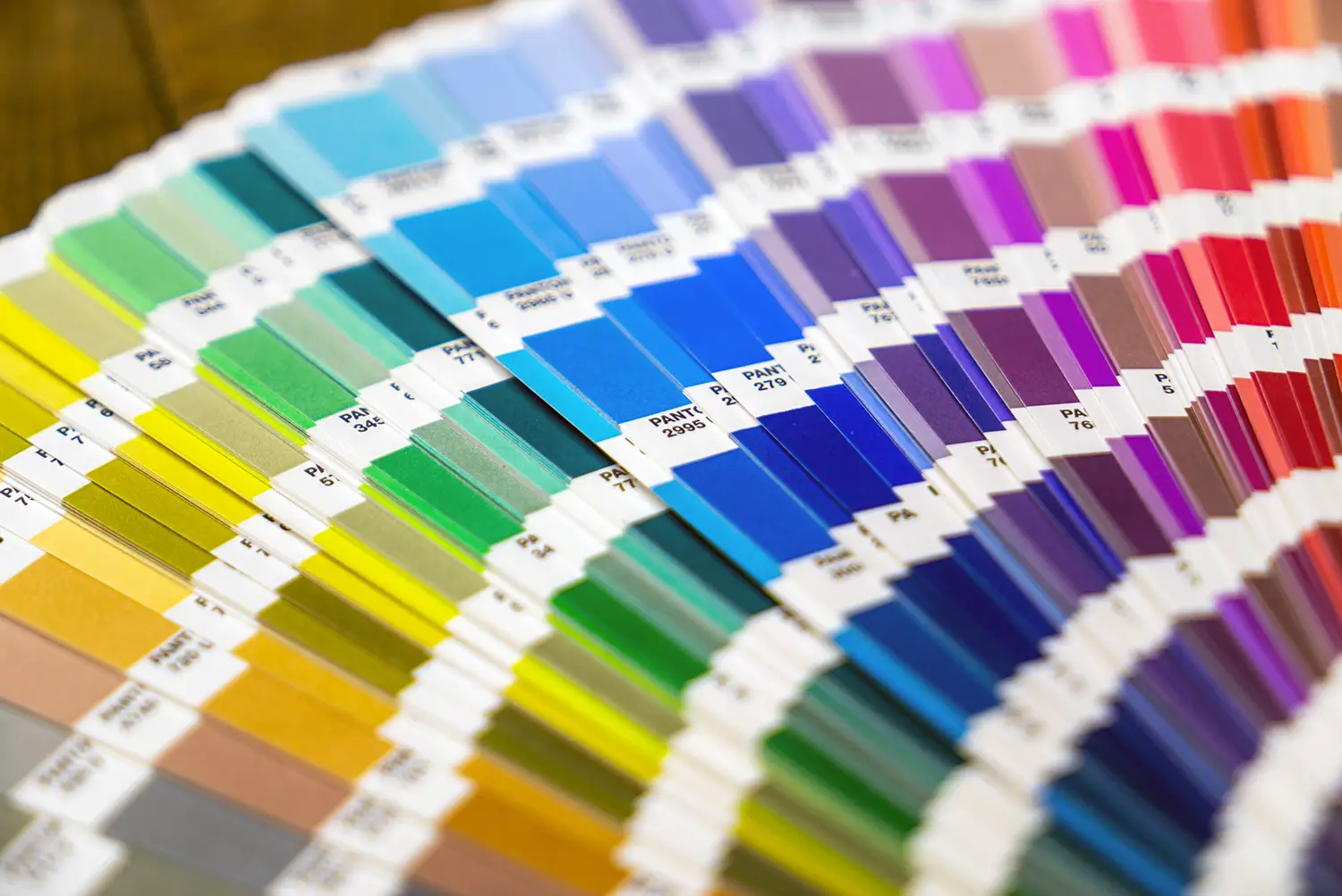
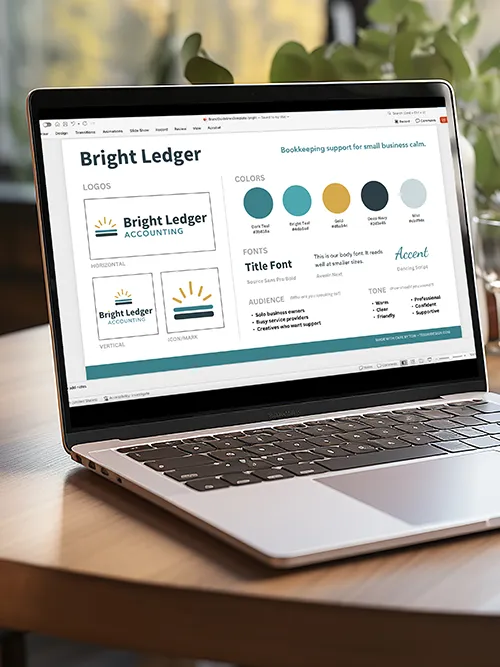
If I asked you to think of an iconic brand, which one comes to mind? For me, it would be Apple, Nike or possibly Starbucks (it's nighttime when I'm writing this, and clearly my brain is already plotting tomorrow morning’s coffee). Those brands feel so huge and iconic - because they are - but also because they've spent decades building a clear, consistent brand that people recognize instantly.
Even the term "branding" itself feels...big. Nebulous. Unwieldy. And maybe like something that's only for those big giant brands with big giant budgets. But the truth is, branding matters just as much for small businesses and nonprofits, and it doesn’t have to be complicated. At its core, branding is about making it easy for people to recognize, trust, and connect with you.
Before we dive in: if you’re ready to start organizing your brand now, I’ve got a free Brand Guidelines template at the end of this post — plus many more formats in Ty’s Little Free Library. 🎉
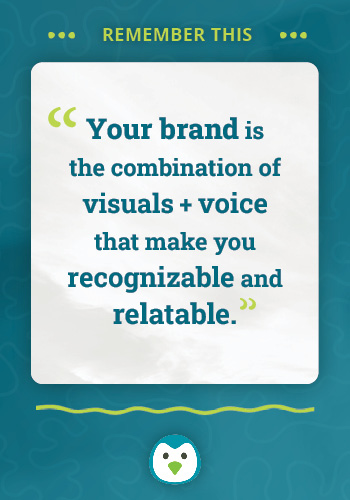 Oftentimes, when I ask folks about their branding I hear, "well, we have a logo" or "ooh we like this shade of blue," but branding is more than logos and colors -- if Nike only had that awesome logo, but not the history, product design, and overall brand vibe, they wouldn't be nearly the giant they are.
Oftentimes, when I ask folks about their branding I hear, "well, we have a logo" or "ooh we like this shade of blue," but branding is more than logos and colors -- if Nike only had that awesome logo, but not the history, product design, and overall brand vibe, they wouldn't be nearly the giant they are.
What you're looking to cultivate with your brand is an overall feeling people get when they interact with you. Do you want them to feel confident? Energized? Understood? Worried? This may start with your logo and colors, but it extends to every interaction folks have with your brand.
Your brand is that combination of visuals and voice that make you recognizable and relatable.
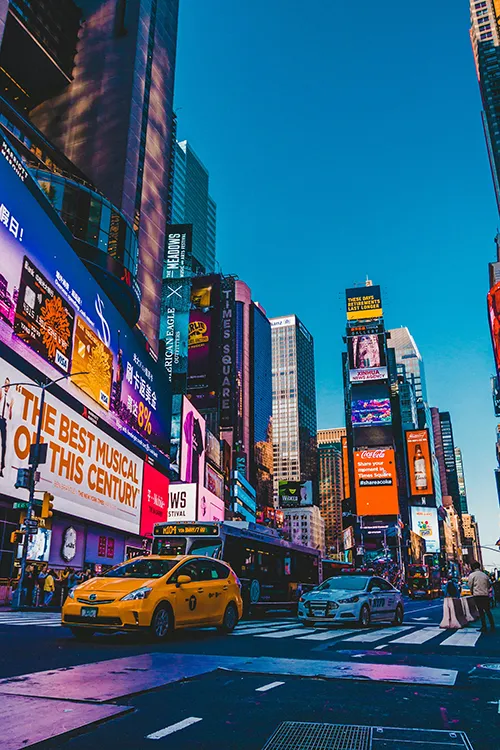 Whether you're running a one-woman show or have a small team in place, it's unlikely any of us can put up a Times Square billboard or spend millions on a Super Bowl ad campaign to spread awareness of our brands. So what's the point -- does branding really even help?
Whether you're running a one-woman show or have a small team in place, it's unlikely any of us can put up a Times Square billboard or spend millions on a Super Bowl ad campaign to spread awareness of our brands. So what's the point -- does branding really even help?
The biggest thing a cohesive, consistent brand offers, even at the smallest organization level, is trust. Building your audience's trust in you is everything, and it builds up faster when you show up consistently. It helps you look steady, professional, and like you actually planned out everything you're doing (even if you're flailing a little bit behind the scenes lol).
When your branding is good, people remember you without any extra effort on your part. And to me, that makes it 100% worth the time it takes to set it up - who wouldn't love for their marketing work to feel easier?
So now let's break down how to actually start creating that consistency without making yourself feel totally overwhelmed. Take a deep breath: you don't have to do all of this at once -- each and every tiny step you take along the way will help your brand.
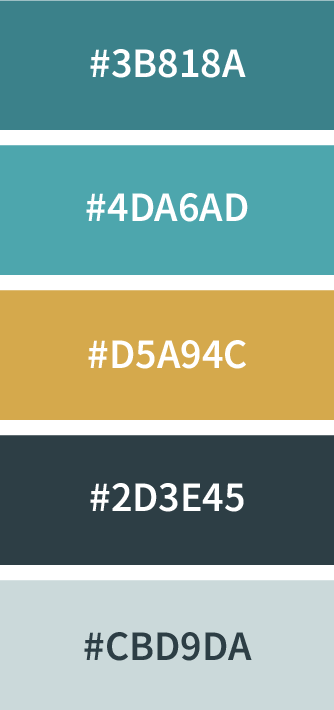 Pick 1–2 colors you love and use them everywhere. You can certainly dive deep into color meanings and theory if you'd like, but honestly consistency (there's that word again!) really is what's important here.
Pick 1–2 colors you love and use them everywhere. You can certainly dive deep into color meanings and theory if you'd like, but honestly consistency (there's that word again!) really is what's important here.
Once you’ve picked your colors (let’s call them a primary color and an accent) save the exact color codes somewhere easy to find. (A random note on your phone works fine - mine's literally called Brand Stuff)
I find it's easiest to save the HEX code (that's the one that looks like this: #343434), because it’s the format that works most consistently across websites, design tools, and apps.
Again, pick 1-2 fonts and stick with them. I recommend choosing a headline font (something with a bit of personality) and a body font (something super readable) and again, write the names down somewhere you'll actually remember to look at them later (time to open that note on your phone back up!).
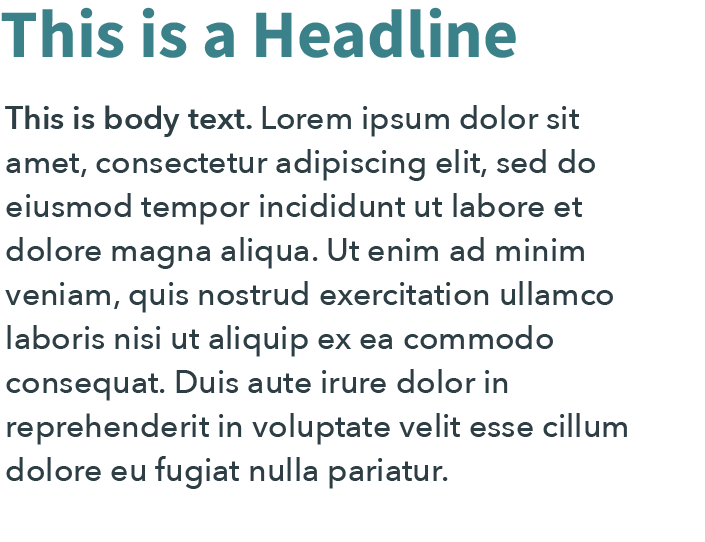 If the font used in your logo is easily accessible (and legible!), that's a great place to start. If not, I highly recommend choosing a font pairing that's available on Google Fonts -- they work everywhere from your website to Canva, which makes staying consistent so much easier.
If the font used in your logo is easily accessible (and legible!), that's a great place to start. If not, I highly recommend choosing a font pairing that's available on Google Fonts -- they work everywhere from your website to Canva, which makes staying consistent so much easier.
Keeping your fonts consistent helps your brand feel more put-together without you having to overthink every new piece you create (and your future self will definitely thank you when trying to throw together a flyer at the last minute.)
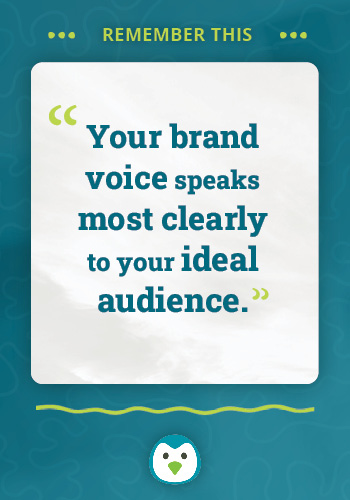 Take a few moments to write down who your brand is actually for. I know it's tempting to say "everyone!" (been there), but narrowing this down helps the right people feel like you're speaking directly to them.
Take a few moments to write down who your brand is actually for. I know it's tempting to say "everyone!" (been there), but narrowing this down helps the right people feel like you're speaking directly to them.
For example, instead of "anyone who cares about the environment," a home composting service might focus on "local families looking for easy ways to reduce food waste." This doesn't mean you won't help single homeowners or restaurants; it just means your brand voice speaks most clearly to your ideal audience.
When you're specific about who you're talking to, those people are much more likely to stop scrolling and actually pay attention...which makes your marketing work sooo much less exhausting.
Write down a few words that describe your brand's overall vibe. Are you friendly? Professional? Energetic? All three?
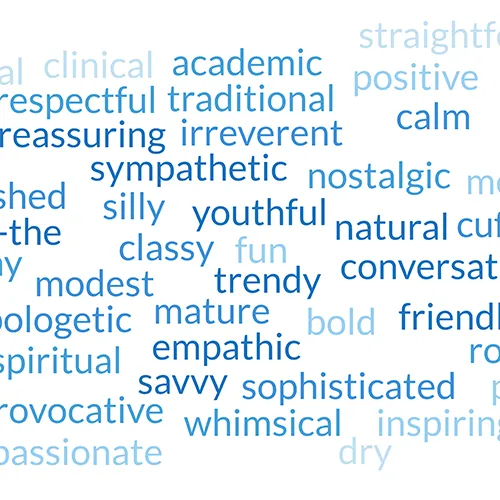 If you're having trouble describing your tone, think about how you naturally communicate when you're with clients you love. Maybe you're "warm but straightforward" or "joyfully educational" or "calmly confident."
If you're having trouble describing your tone, think about how you naturally communicate when you're with clients you love. Maybe you're "warm but straightforward" or "joyfully educational" or "calmly confident."
These tone words become your secret weapon when you're wondering, "does this sound like me?" Having them somewhere easy to reference makes it so much easier to stay consistent -- whether you're writing an email, crafting social content, or choosing images for your website.
Take an hour (or honestly, even half an hour if you’re short on time) and save every version of your logo that you have in one easily findable folder. For bonus points, name every version with exactly what it is so you can easily tell them apart (something like logo-web.png or logo-horizontal.jpg works great).
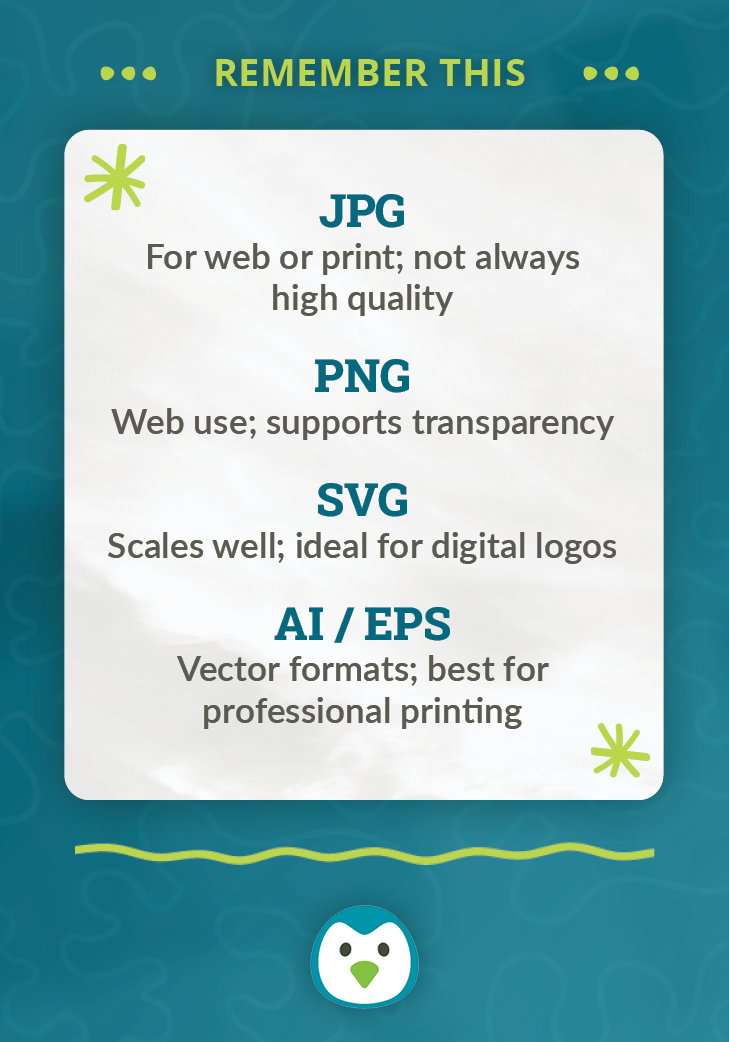 Here's a little cheatsheet with what file extensions to look for:
Here's a little cheatsheet with what file extensions to look for:
Once you have all of those versions organized, it's so much easier to find the right version when you need it, and this helps you stay consistent across your website, social media, and print materials.
Phew...I know that sounded like a lot. But take a deep breath with me: your branding doesn't have to be perfect - like we talked about above, we're not Nike or Apple here!
Your goal is simply to cultivate a brand that is consistent enough to feel familiar to your audience. It's just about helping people recognize you, trust you, and feel good about working with you.
Remember: your brand isn’t something you have to invent from scratch. Sometimes a little organization is all it takes to help your brand feel more connected, more recognizable, and more you.
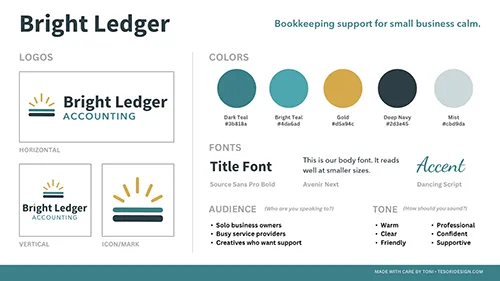 If you'd like some help pulling everything together, I made a simple one-page Brand Guidelines template you can grab for Google Slides. It's free, and it’ll help you keep all your brand pieces in one easy place.
If you'd like some help pulling everything together, I made a simple one-page Brand Guidelines template you can grab for Google Slides. It's free, and it’ll help you keep all your brand pieces in one easy place.
Want a little extra support? I made a quick walkthrough video showing you exactly how to fill it out — watch it here!
I'd love to send you those versions! Just enter in your email below; you'll also get access to the ever-expanding Ty's Little Free Library if you want more goodies.